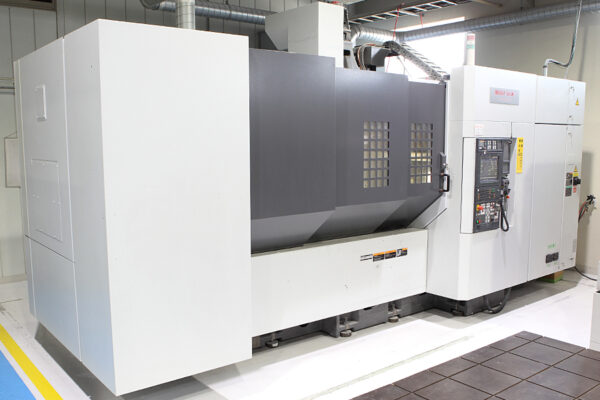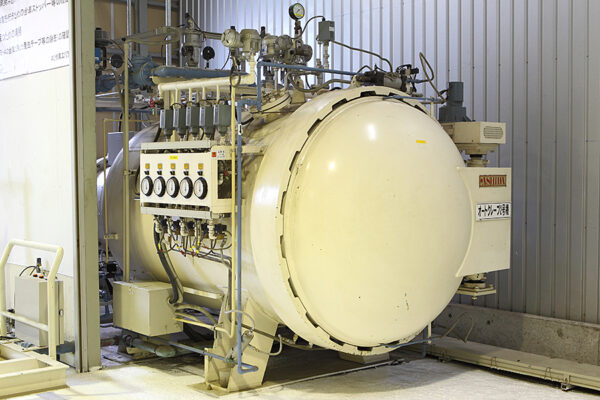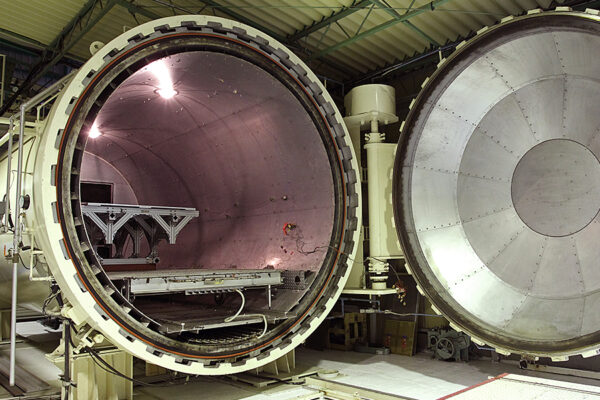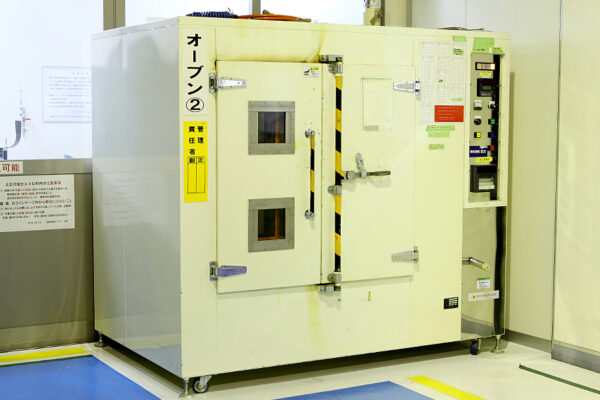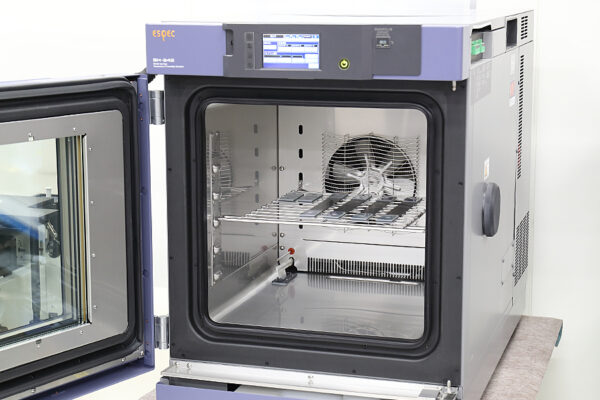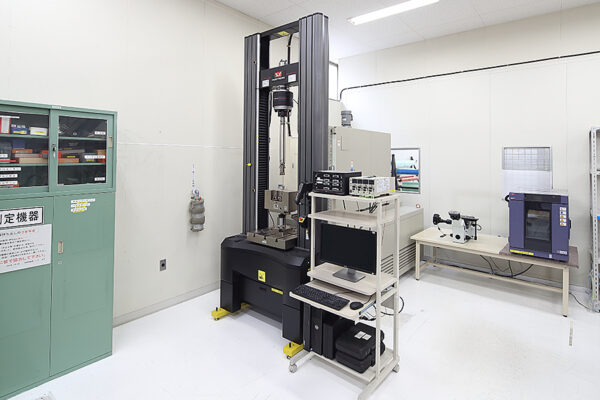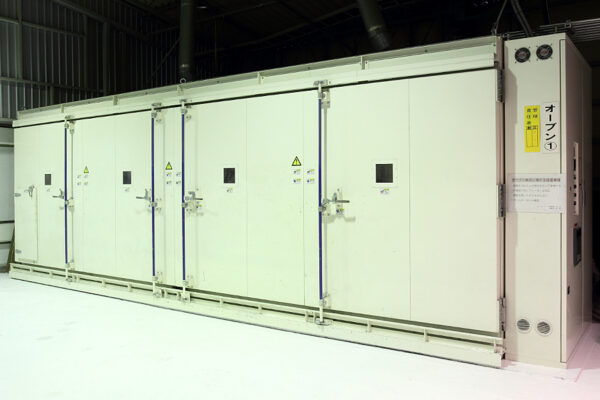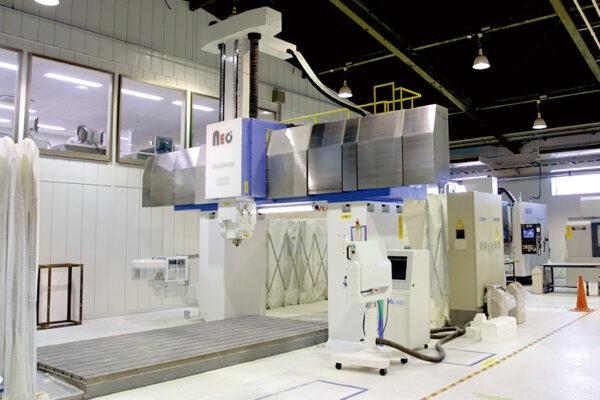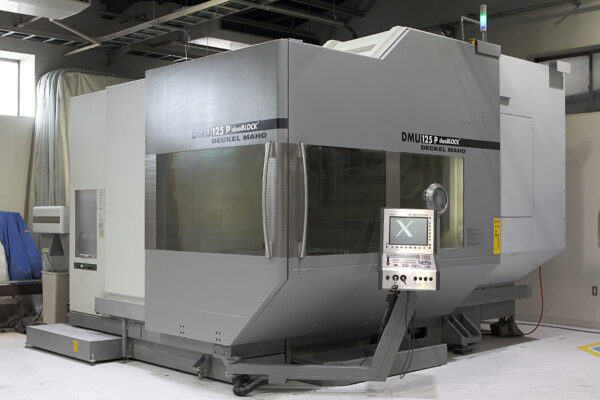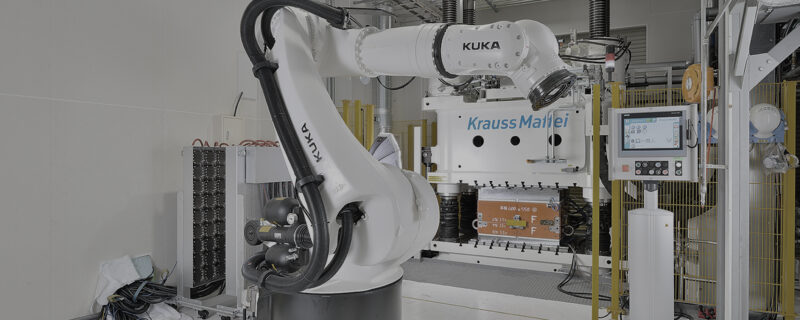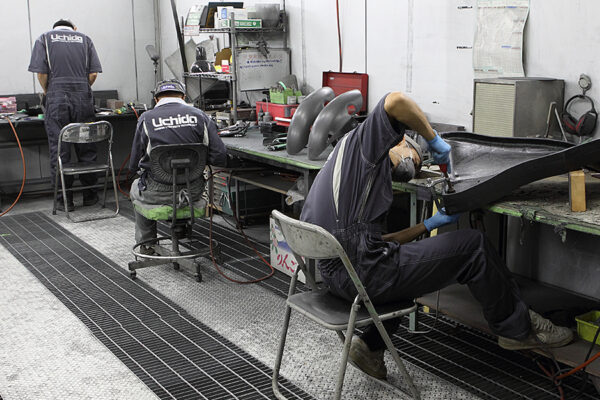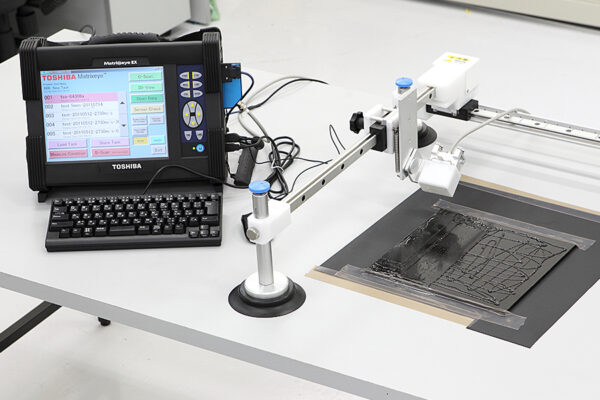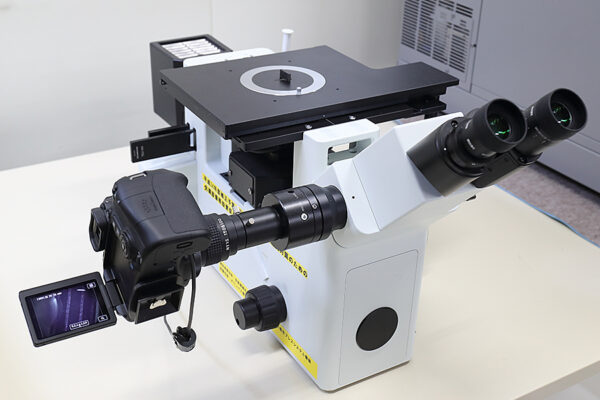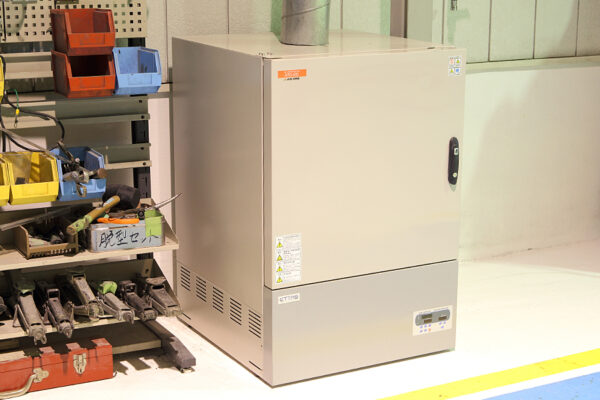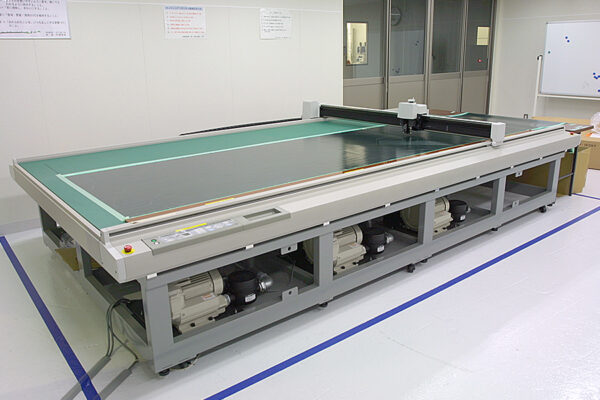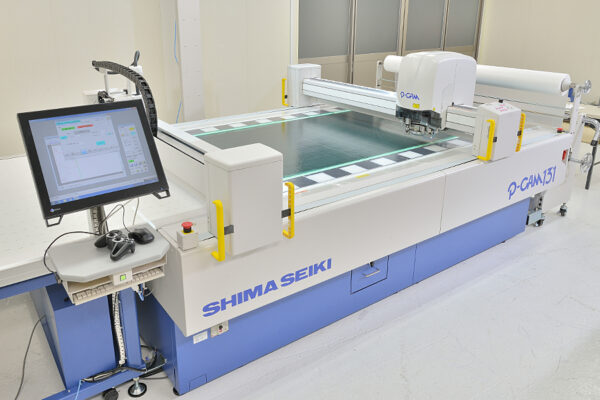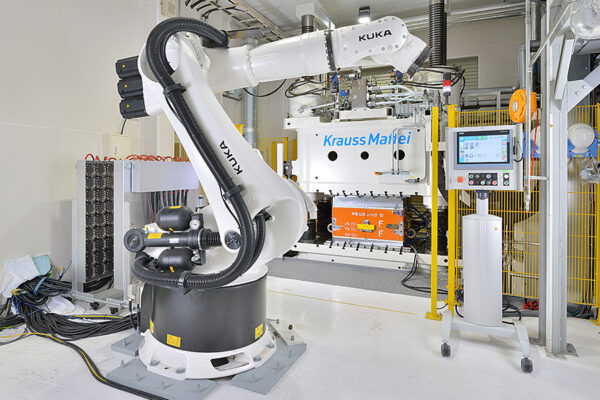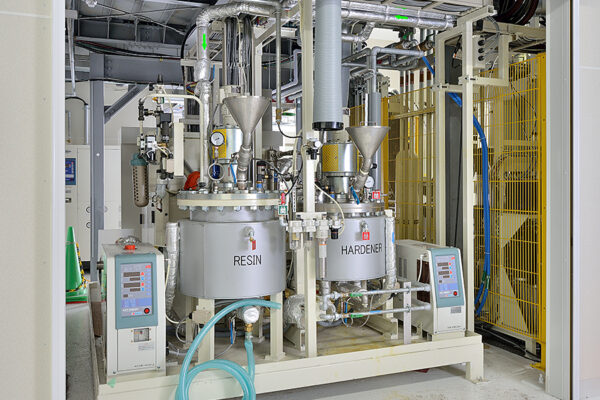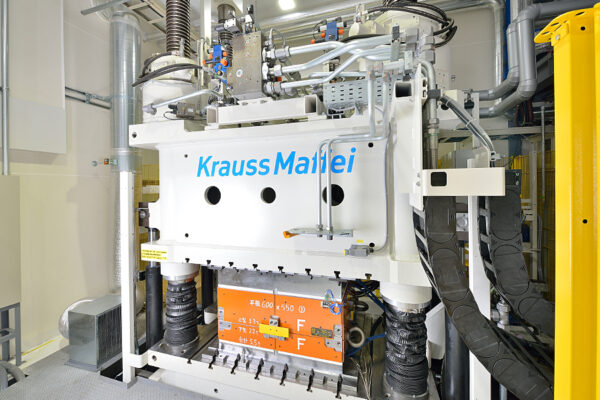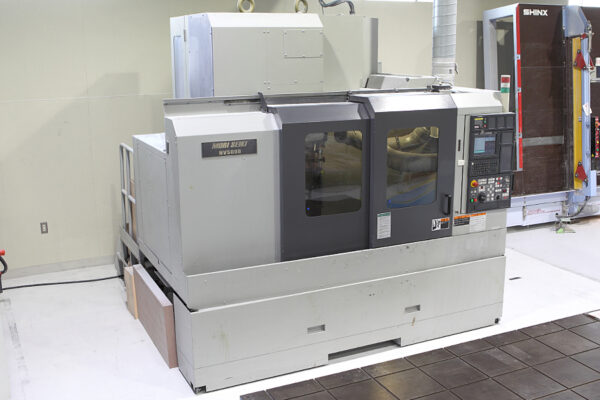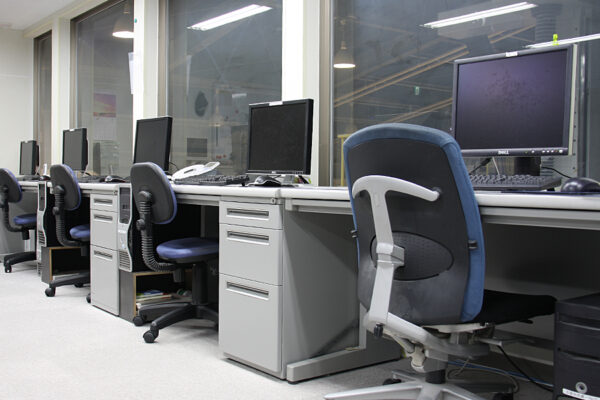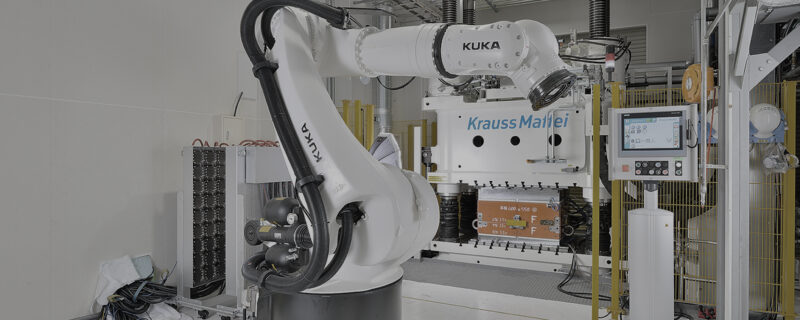Introduction
The modulus of elasticity (Young’s modulus, Elastic Modulus, E) is an indicator of the stiffness of a material and how resistant it is to deformation when a force is applied. The higher the value, the higher the rigidity, and the more resistant to deformation the material is.

Longitudinal Modulus of Elasticity of Carbon Fiber
Carbon fiber (carbon fiber) is one of the materials with an extremely high modulus of elasticity. It varies depending on the type, but is generally in the following range
– Standard Modulus type: approx. 230 to 250 GPa
– Intermediate Modulus type: approx. 280 to 350 GPa
– High High Modulus: approx. 350 to 600 GPa
– Ultra High Modulus: 600 GPa or higher
These values are much higher than those of aluminum (approx. 70 GPa) and iron (approx. 200 GPa), which are common metal materials. The longitudinal modulus of elasticity is also a factor that has a significant impact.
Influence of Modulus of Longitudinal Elasticity
Lighter and stiffer structures
o The use of carbon fiber with a high modulus of longitudinal elasticity allows for lighter yet stiffer structures. This is the reason why carbon fiber is widely used in aircraft, racing car bodies, and sporting goods.
Improved Vibration Characteristics
o High rigidity makes it easy to suppress vibration, making it suitable for applications such as precision equipment and audio equipment.
increased design flexibility
o By appropriately combining carbon fibers with different modulus of longitudinal elasticity, it is possible to adjust the required rigidity and flexibility.
Specific Strength of Carbon Fiber
Specific strength is the strength of a material divided by its density, which indicates the strength per unit weight. Carbon fiber has a very high specific strength and exhibits the following properties
– Specific strength of typical carbon fiber:
o Approximately 1,500 to 2,500 kN-m/kg (about 10 times that of steel)
This means higher strength for the same weight, which is a great advantage in fields where weight reduction is required, such as aircraft, space development, and automobiles.

Conclusion
The longitudinal modulus of elasticity and specific strength of carbon fiber are important factors that determine its lightweight and high rigidity properties. Selecting the most appropriate type for a given application enables efficient and high-performance product design. Further performance improvements are expected in this field in the future as new manufacturing technologies evolve.
Related useful contents
You can explore related content by clicking on a topic of interest.
ABOUT UCHIDA - 55 years since our founding
We leverage a wealth of technical expertise as a CFRP molding and processing manufacturer using FRP, GFRP, and CFRP materials. We offer a one-stop solution, encompassing design, analysis, manufacturing, secondary processing, assembly, painting, quality assurance, and testing.
UCHIDA's equipment
We have cutting-edge equipment to ensure that we can address even the most advanced challenges of our customers.
Video Library
In the following video, we provide a detailed overview of our manufacturing process. Please feel free to watch and learn more.


